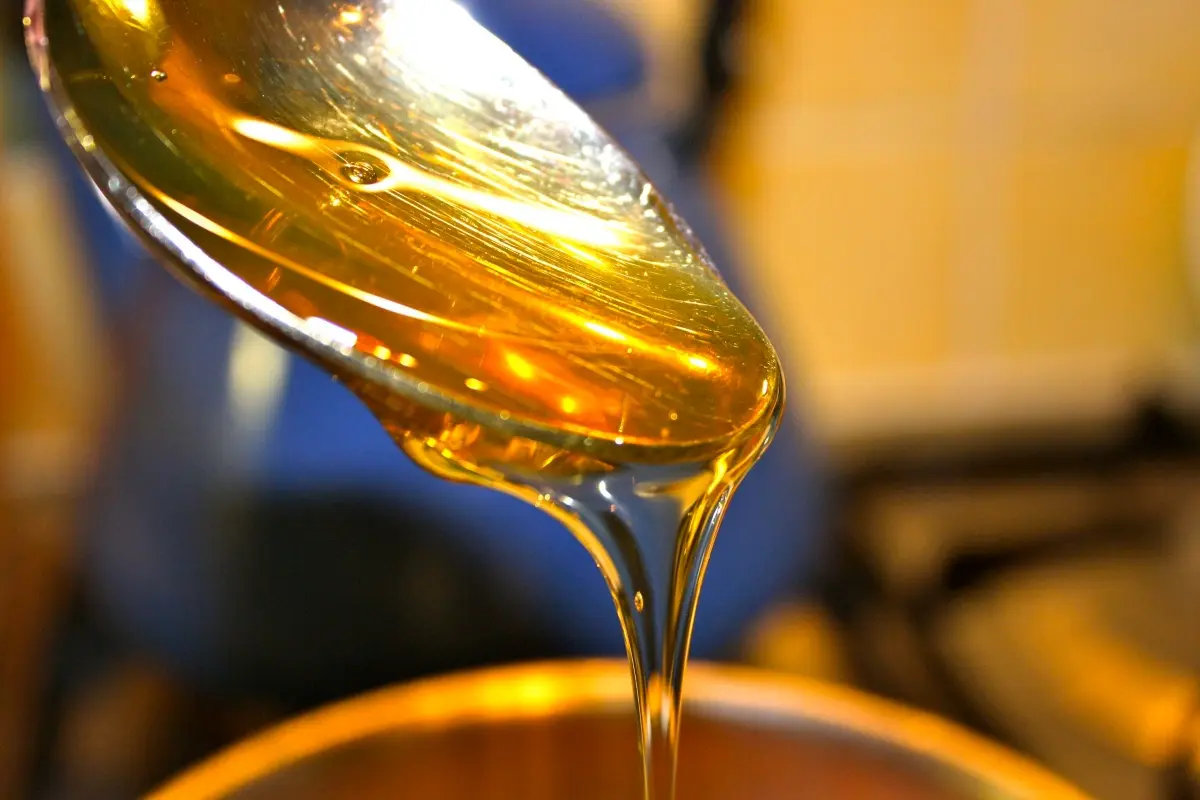
Honey and other products: EU crackdown on labelling
More rigor on imports from Asia and Latin America, which risk bringing down prices

The European legislation for the import of honey and fruit and vegetables is becoming more stringent. The EU Commission presented a proposal to amend the regulation for the labeling of cans, which will become mandatory for nuts, dried fruit, processed and cut fruit and vegetables. The country of origin or, in the case of blends, the countries must appear on the label.
Fruit and vegetables with external defects but suitable for consumption will be exempt from the marketing regulations for local and direct sale. Finally, products intended for donation may be exempt from certain labeling requirements.
Another proposal from the Commission: the increase in the minimum quantity of fruit, which would go from 350 to 450 grams per kilo, for each finished product. The term "marmalade" (marmalade), previously used in the EU only for citrus fruit jams, would be extended to all jams, to bring the name of the product into line with the one most commonly used locally.
The request for stricter labeling for non-EU products is generated by the concern of producers regarding particular types of honey from China and beyond, which are conquering the European market, with a turnover of 2.3 billion euro, significantly lowering prices.
According to data mentioned by the Financial Times, honey production within the EU amounts to 218,000 tonnes a year, compared with 175,000 tonnes a year of imports, especially from China, Ukraine, Turkey and Latin America. A study by the European Commission, conducted between 2021 and 2022, found that 46% of honey samples examined violated EU rules, while in the three-year period 2015-2017, the same percentage was 14%.
EFA News - European Food Agency